Emotional crisis in the halls of Australia’s universities
Australians do not regard their universities with very much affection. Why don’t we love them the way the British and Americans love their academic insitutions?
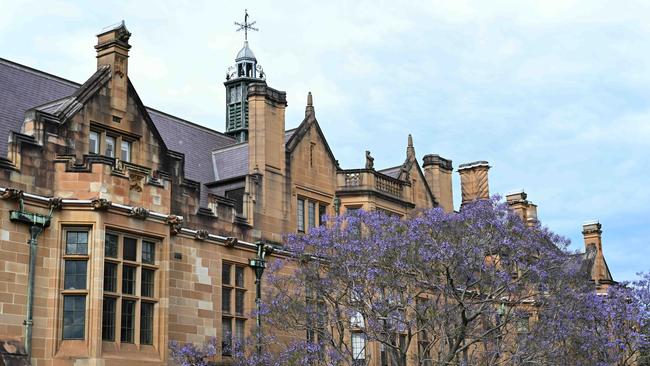
What is the status of the university in modern times? In a new book, Mind of the Nation, University of Melbourne deputy vice-chancellor Michael Wesley says the coronavirus pandemic exposed more than precarious employment arrangements for staff and the education-as-export model on which the tertiary sector is now run. The lack of affection ordinary Australians feel towards their academic institutions is also apparent. Wesley’s aim is to diagnose the source of this indifference, which sometimes shades into outright hostility.
There is precedent for such reflection. In 1963, University of California president Clark Kerr published a slim but influential book entitled The Uses of the University that traced the evolution of the university from its origins in ancient Greece through to its modern incarnation in the 20th-century US.
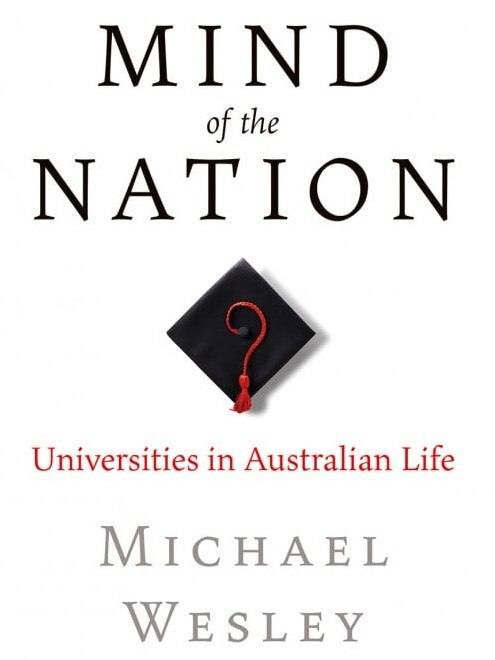
Reflecting on how one conception of academia had run out of steam in the late 1950s, Kerr joked that the principal role of universities was to provide “sex for the students, sports for the alumni, and parking for the faculty”. Wesley fires off no such zingers but he is no less diligent than his US forebear.
Noting its transformation from a discrete community of masters and students to an institution serving the elites of the day to an agent of social and economic change, Kerr suggested the university was now set to become the “prime instrument of national purpose”, a generator of new knowledge that would operate as the motor for social and economic development. As he put it: “What the railroads did for the second half of the last century … may be done for the second half of this century by the knowledge industry: that is, to serve as the focal point for national growth.”
Given his role, Wesley might be expected to mount guard over the reputation of contemporary academia. The tertiary sector, after all, is not the most self-critical institution. But Wesley is determined to take the negativity towards the modern university seriously, and not to put it down to philistinism or anti-intellectualism of the kind identified by Donald Horne (not unreasonably) in The Lucky Country (1964). Indeed, his book is a fascinating disquisition on some deep trends in Australian society, and on the emotional and psychological states to which those trends have given rise. Describing the process of writing the book as an act of “self-therapy” in his acknowledgments, Wesley channels psychoanalysis to explain the widespread “ambivalence” Australians feel towards the modern university, suggesting (latent or blatant) hostility may be the result of disillusionment, of admiration turned to discontent. “When the dominant attitude is disappointed,” he writes, “its opposite emerges from the subconscious to determine the person’s attitude.” For Wesley, the “mind of the nation” is the subject of an emotional crisis.
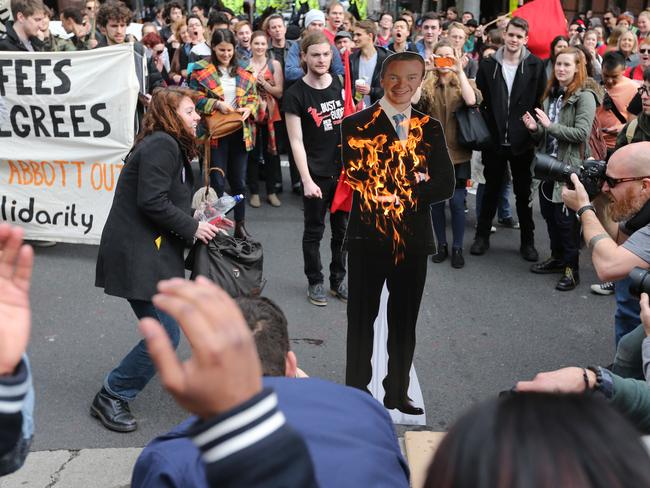
The book comprises six lengthy chapters, each of which takes an abstract noun (Ambition, Integrity, Loyalty and so on) as an entry point into the subject of academe. Thus, in Money, Wesley digs down into the question of tertiary-sector funding and how it shapes the university’s rationale, while in Privilege academia’s claim to be a motor of greater social inclusion is similarly scrutinised, not always in the university’s favour. This approach has certain limitations. For example, as a tutor myself, I would have liked a more granular sense of how the changes Wesley discusses affect education at the level of the classroom. But on the whole it proves enormously productive. The book really is a concerted attempt to expose the root causes of the current malaise.
It is in the chapter titled Value, however, that Wesley has his therapeutic breakthrough, for it is here that he engages most fully with the question of academia’s corporatisation. The Dawkins Revolution of the late ’80s is the crucial historical moment here, and Wesley gives as good an account of what these reforms entailed (and entrained) as I have ever read. In particular, he recognises that neoliberalisation does not merely involve greater links with business or turning the vice-chancellor into a chief executive and the ivory tower into an industrial park; it involves the injection of economic values into every area of academic life, such that within the contemporary university everything is quantified, moderated, measured and itemised to within an inch of its life. Indeed, the legacy of Kerr’s desire to see academic institutions as the driver of economic growth is that academic institutions themselves have become commodified and transactional, up to and including teaching practice itself.
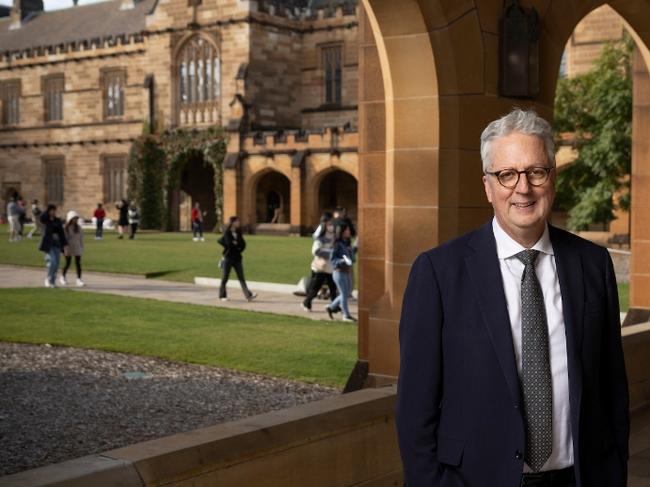
As it happens, Wesley’s own epigraph is taken from The Uses of the University: “As society goes, so goes the university, but also, as the university goes, so goes society.” The merit of Wesley’s excellent book is to show us that, while universities exist in just such a dialectical relationship with society, they are struggling to remain in a critical one with it.
Richard King’s latest book is Here Be Monsters: Is Technology Reducing Our Humanity? (Monash University Publishing).
Mind of the Nation: Universities in Australian Life



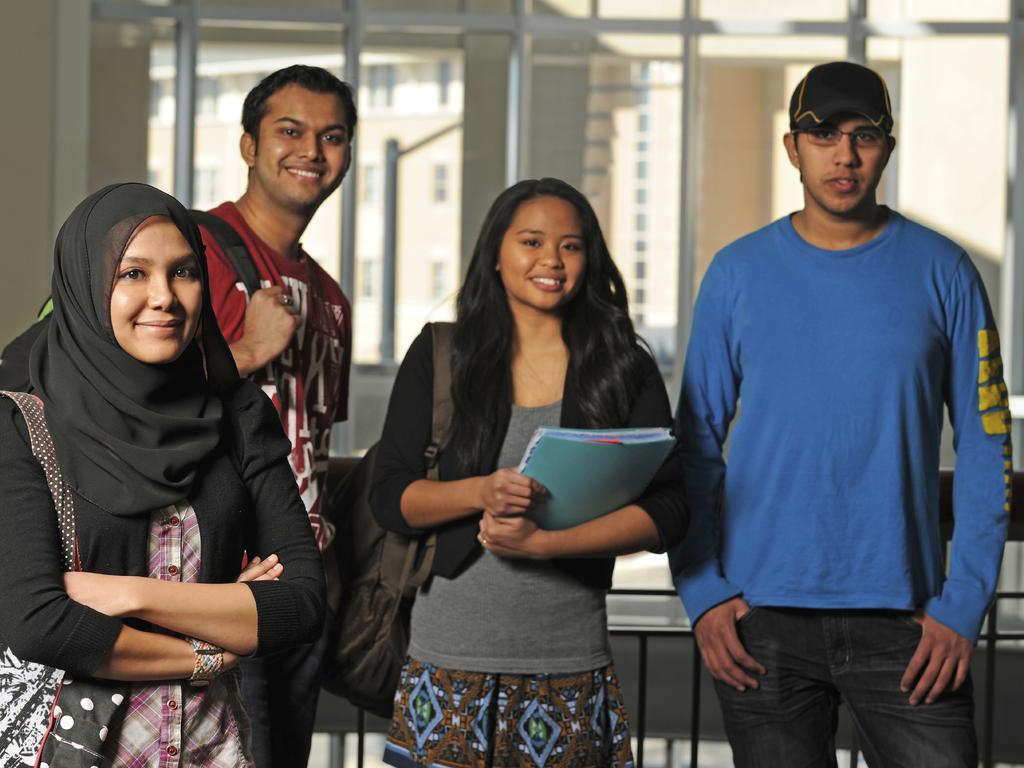


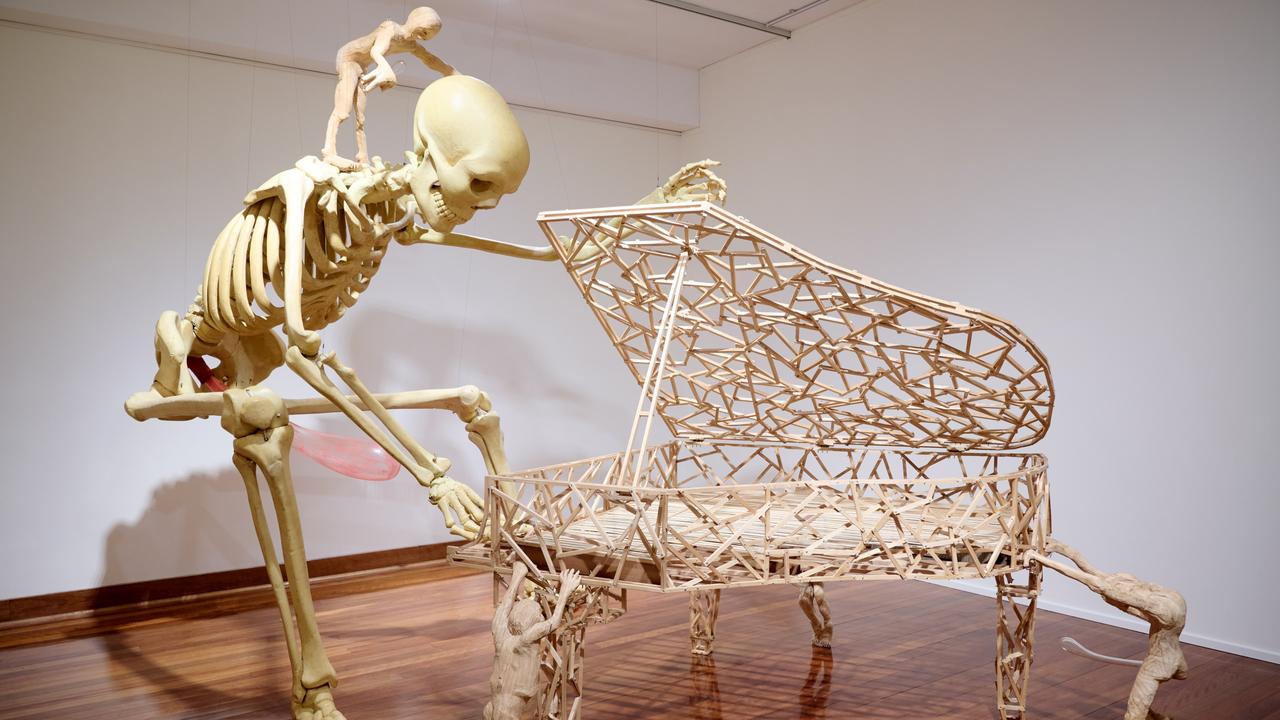
To join the conversation, please log in. Don't have an account? Register
Join the conversation, you are commenting as Logout